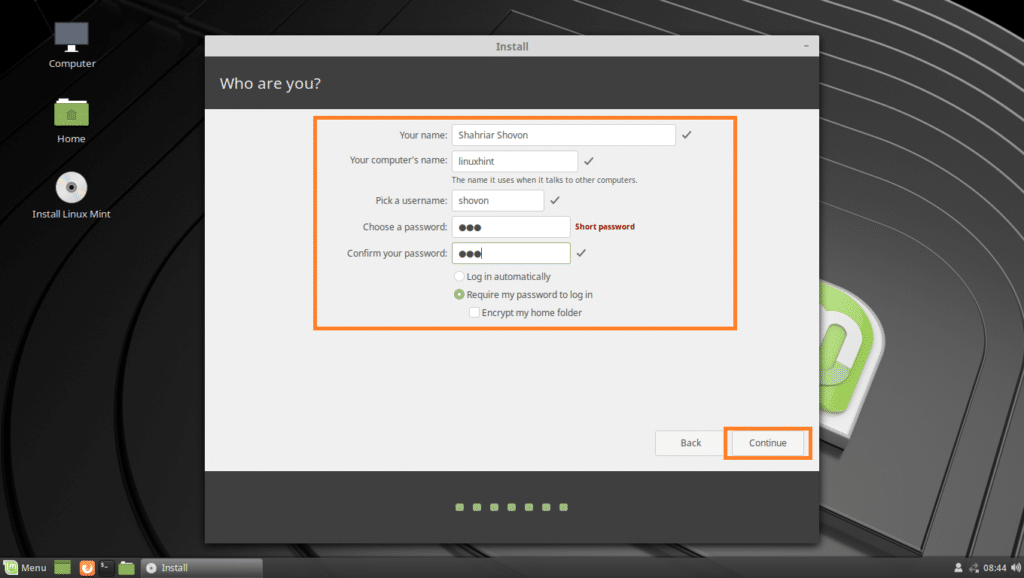
Insert your USB drive and select it in Disk Utility. However, if you create the installation media on a macOS device, you'll need to format the USB drive using Apple's Disk Utility first.īefore opening Etcher, navigate to Applications > Utilities > Disk Utility. Overall, the process is the same whether you use a Windows, macOS, or Linux PC. Select Flash and follow the on-screen prompts to begin the operation. From the drop-down menu, select your chosen USB drive.Īfter making those two choices, the third stage will become available. The first step is to click on Select image and navigate to where you saved the Ubuntu ISO and select it. Launch balenaEtcher on your computer and a dialogue screen will open, showing a three-part process. For home use, you can stick with the standard Ubuntu release.Ĭlicking on your chosen edition will download an ISO file containing the Ubuntu operating system. LTS releases are more suitable for professional or server environments, where the risk of change is higher.

LTS editions of the operating system are released every two years and are supported for five years. New editions of Ubuntu are released every six months and are supported for nine months. There are two editions of Ubuntu Desktop the latest release and a Long Term Support (LTS) version. You are presented with several options, but for home use, you'll want to download Ubuntu Desktop.

This means you can get a copy of Ubuntu to use on any PC, laptop, or server, free of charge directly from the Ubuntu website. To complement this, Linux operating systems like Ubuntu are available for free. Linux is part of the open-source community, meaning that anyone can help develop the software and contribute to the code.


 0 kommentar(er)
0 kommentar(er)
